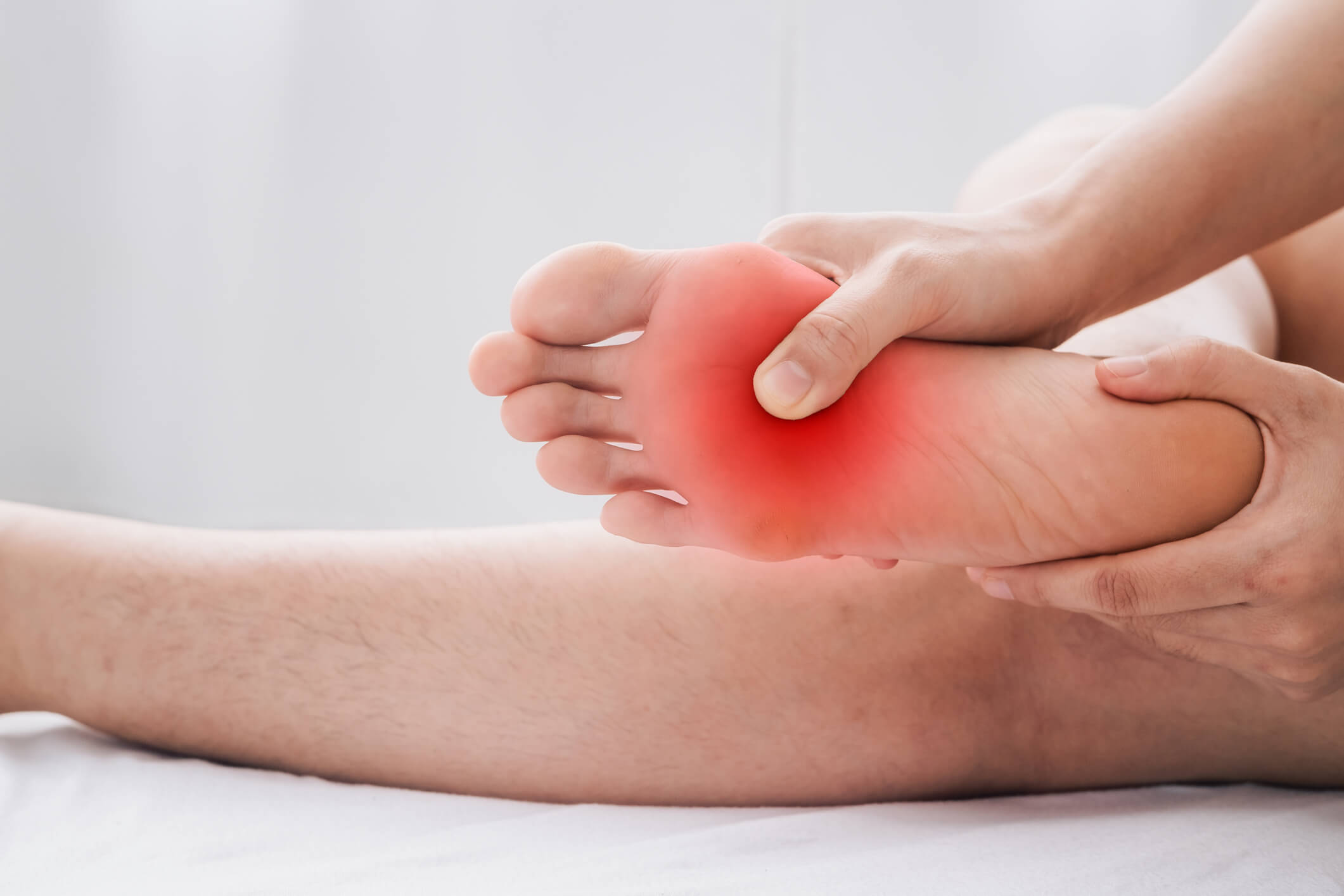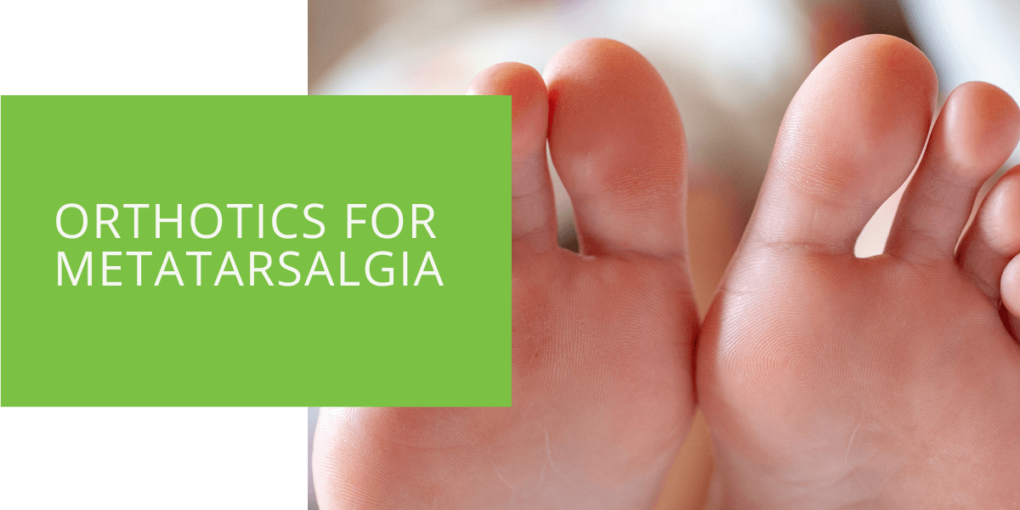Orthotics for Metatarsalgia
Metatarsalgia is a common foot condition that causes pain and discomfort in the ball of the foot. Fortunately, orthotics can offer effective relief and improve foot function. This article will explore how orthotics can alleviate metatarsalgia symptoms and help you regain comfort and mobility.
Understanding Metatarsalgia
Metatarsalgia refers to the pain and inflammation experienced in the metatarsal region, specifically the ball of the foot. The metatarsal bones in this area bear a significant amount of body weight during walking and running, making them prone to excessive pressure and injury. Common causes of metatarsalgia include:
- Repetitive high-impact activities
- Poor footwear choices
- Foot deformities
- Abnormal foot mechanics
- Aging and natural wear and tear
Diagnosis and Evaluation
If you suspect you have metatarsalgia, seeking professional evaluation from a podiatrist is crucial. They will conduct a thorough examination, considering your symptoms, medical history, and lifestyle factors. Diagnostic tools such as X-rays or MRI scans may be employed to rule out other conditions, such as stress fractures or neuromas.
Treatment Options
Non-Surgical Treatment
In most cases, non-surgical approaches are recommended as the first line of treatment for metatarsalgia. These options include:
Rest, Ice, Compression, and Elevation (RICE) Technique: Resting the affected foot, applying ice packs, compressing the area with a bandage, and elevating the foot can help reduce inflammation and relieve pain.
Modification of Footwear and Activities: Appropriate footwear with ample cushioning and proper arch support is essential for managing metatarsalgia. Avoiding high heels and shoes with narrow toe boxes can alleviate pressure on the ball of the foot.
Use of Orthotics for Metatarsalgia Relief: Orthotic inserts are specially designed to provide foot support, cushioning, and realignment. They can help distribute pressure evenly across the foot, reducing stress on the metatarsal heads. There are two main types of orthotics available:
- Custom-made Orthotics: These are individually crafted based on a podiatrist's prescription. They offer tailored support and alignment specific to your foot's needs.
- Over-the-counter Orthotic Options: These prefabricated insoles provide a more affordable and readily available option. They come in various sizes and designs but may not offer the same level of customization as custom-made orthotics.
Surgical Treatment (if applicable)
Surgical intervention may be considered in rare cases where conservative measures fail to provide relief. However, surgery is typically reserved for severe or persistent metatarsalgia cases that do not respond to non-surgical treatment methods. It is important to note that surgery should only be pursued after careful evaluation and discussion with a qualified podiatrist.

Benefits of Orthotics for Metatarsalgia
Orthotics can deliver several benefits when it comes to managing metatarsalgia:
- Proper Alignment and Support: Orthotic inserts help realign the foot's structures, optimizing weight distribution and reducing excessive pressure on the metatarsal bones.
- Reduction of Pressure and Pain: By cushioning the ball of the foot, orthotics effectively alleviate pressure and relieve metatarsalgia symptoms.
- Promotion of Natural Foot Function and Gait: Orthotics can assist in restoring proper foot mechanics, enabling a more natural and efficient gait cycle.
Choosing the Right Orthotics
Selecting the most suitable orthotics for metatarsalgia requires professional guidance from a podiatrist. They will consider various factors, including arch type, foot shape, and specific metatarsalgia symptoms. Custom orthotics offer the advantage of being precisely tailored to your foot's unique needs, providing optimal support and cushioning. On the other hand, over-the-counter orthotic options can be more accessible and affordable, although they may not provide the same level of customization.
When choosing orthotics, it's essential to consider the material and cushioning properties. Look for orthotics made from durable materials that offer adequate shock absorption and cushioning in the metatarsal area. Gel or foam pads specifically designed for metatarsalgia can also provide targeted relief and further reduce pressure on the ball of the foot.
Fitting and Adjustments
Proper fitting of orthotics is crucial to ensure maximum comfort and effectiveness. Custom orthotics are typically made based on a detailed assessment of your feet, including measurements, imprints, and gait evaluations. During fitting, your podiatrist will consider factors such as arch height, pronation, and specific metatarsalgia-related concerns.
Once you receive your orthotics, it's important to follow the instructions provided by your podiatrist. They may recommend a gradual adaptation period to allow your feet to adjust to the new support. Additionally, scheduling follow-up appointments with your podiatrist for any necessary adjustments or modifications is crucial. Regular check-ups will ensure that your orthotics continue to provide optimal support and relief over time.
Incorporating Orthotics into Daily Life
To experience the full benefits of orthotics for metatarsalgia, it's important to effectively incorporate them into your daily routine. Here are some tips to maximize their effectiveness:
- Wear your orthotics consistently: Make it a habit to wear your orthotics in the appropriate footwear, especially during weight-bearing activities and prolonged periods of standing or walking.
- Choose supportive footwear: Pair your orthotics with shoes with good arch support, cushioning, and a roomy toe box. Avoid high heels and shoes with narrow toe boxes, as they exacerbate metatarsalgia symptoms.
- Gradual increase in activity: If you're returning to physical activity or exercise, gradually increase the intensity and duration to allow your feet to adjust to the new demands. Orthotics will provide the necessary support during this transition.
- Follow a comprehensive treatment plan: Orthotics should be part of a holistic approach, including physical therapy, stretching exercises, and lifestyle modifications. Your podiatrist will provide personalized advice based on your specific condition.
Conclusion
Orthotics are valuable tools in managing metatarsalgia and can significantly alleviate pain and discomfort in the ball of the footer. Whether you opt for custom-made orthotics or over-the-counter options, the proper alignment, support, and cushioning they provide can substantially improve your overall foot function and quality of life.
If you're experiencing metatarsalgia symptoms, consult with a qualified podiatrist for an accurate diagnosis and comprehensive treatment plan. With the right orthotic solution and professional guidance, you can regain comfort, reduce pain, and improve your ability to engage in daily activities without limitations.
Remember, prioritizing foot health is essential, and seeking timely medical advice can help you find the most suitable solutions for managing metatarsalgia effectively.
Key Takeaways
- Metatarsalgia is a foot condition characterized by pain in the ball of the foot, and orthotics can provide effective relief and improve foot function.
- Non-surgical treatment options for metatarsalgia include rest, ice, compression, elevation, footwear and activities modification, and orthotics.
- Orthotics for metatarsalgia offer benefits such as proper alignment and support, reduction of pressure and pain, and promotion of natural foot function and gait.

